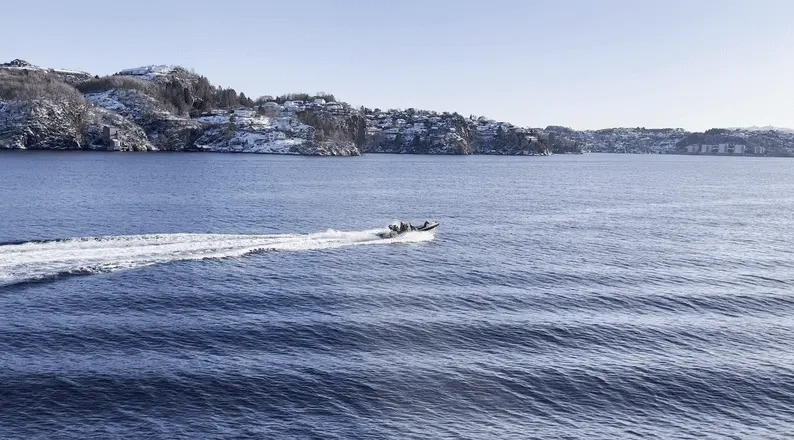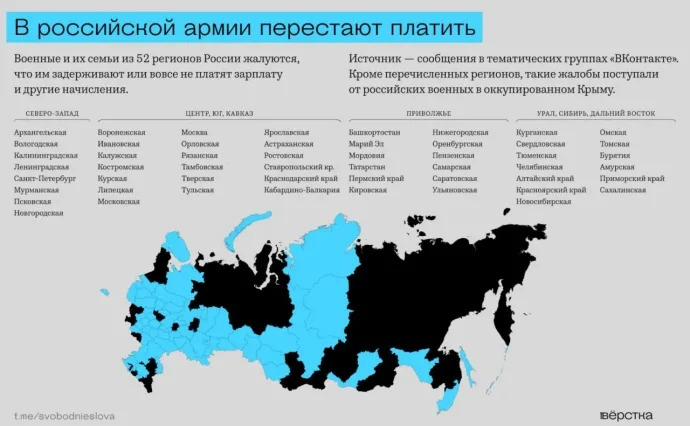Bloomberg
Putin’s Mercenary Prigozhin Shifts Focus After Ukraine Setbacks
Bloomberg News – March 23, 2023


(Bloomberg) — Yevgeny Prigozhin, the powerful founder of mercenary group Wagner, is preparing to scale back his private army’s operations in Ukraine after Russian military chiefs succeeded in cutting key supplies of men and munitions, people familiar with the matter said.
Seen as an increasing threat by the security and political establishment, Prigozhin is struggling with a manpower and ammunition shortage in Ukraine after he was barred from recruiting from prisons, his primary source of recruits, and deprived of supplies. Wagner troops so far have failed to take their main target – the Ukrainian city of Bakhmut – despite months of trying and staggering losses. Now, Prigozhin is planning to shift focus back to Africa, the people said.
The shift is a sudden turn in fortunes for Prigozhin, a longtime Putin ally who catapulted himself to prominence as the tough-guy alternative to Russia’s faltering military in Ukraine.
But as his fighters struggled to advance more than a few dozen kilometers in and around Bakhmut despite months of fighting, top commanders managed to sow doubts with Putin about Wagner’s vaunted military prowess, arguing that what results he got came from using waves of convict troops sent to their deaths, people close to the Kremlin and intelligence services said, speaking on condition of anonymity to discuss matters that aren’t public.
The Russian leader ultimately stepped in to transfer prison recruiting to the Defense Ministry, cutting off the flow of recruits to Wagner. Munitions supplies from the military slowed. Prigozhin’s independence also rankled with the Kremlin.
“Prigozhin is getting in everyone’s way,” said Tatiana Stanovaya, founder of R.Politik political consultancy. “His only protection now is his personal relationship with Putin, who still considers him useful in a certain way.”
After weeks of complaining publicly that the military wasn’t delivering vital shells and other supplies, Prigozhin admitted ealier this month that Wagner would have to “reset and cut down its size” after the battle for Bakhmut is over. He recently touted Wagner’s capture of a village in the area, but didn’t mention that its population was only two people according to the last census.
There’s no sign at present that Prigozhin will redeploy troops to Africa, but the people familiar with the situation said operations there are likely to get more of his attention in the future as the situation in Ukraine has become more difficult for his forces.
A recruitment announcement posted Monday invited applicants for mercenary vacancies for six months in Ukraine and 9-14 months in Africa, specifying that those who want to serve in African countries would be placed on reserve.
A one-time catering entrepreneur who said he founded Wagner in the Kremlin’s first war in Ukraine in 2014, Prigozhin sent troops to help Russia shore up Syrian strongman Bashar al-Assad. He also built a network in Africa stretching from Libya to Sudan, Mali and the Central African Republic in support of the Kremlin’s geopolitical goals. Most recently, there have been reports Wagner is moving into Burkina Faso after the country ordered French troops to leave. The US and its allies have slapped sanctions on Prigozhin and Wagner.
Leaving on an African tour last month, French President Emmanuel Macron branded Wagner as “the life insurance of failing regimes and putschists,” calling it “a group of criminal mercenaries.”
Italian intelligence warned in a recent report that the increased activity of Russian private military companies could destabilize Northern and Western Africa, prompting an increase of migrant flows toward the European Union. Prime Minister Giorgia Meloni is extremely worried about a summer migration wave, according to a person familiar with her thinking. Her defense minister publicly blamed the mercenaries for fueling a surge in migrant boats crossing the Mediterranean. Prigozhin denied that.
Convict Soldiers
Since the invasion of Ukraine, Prigozhin shifted his major efforts there, winning Kremlin permission to recruit prisoners with promises of early release if they survived six months on the battlefield.
Sent into combat with little preparation, about half of the 40,000 convicts who signed up have been killed or wounded in the fighting in Bakhmut and the capture earlier this year of the small salt-mining town of Soledar, according to UK intelligence estimates. Wagner in addition has some 10,000 professional contractors fighting in Ukraine that it has deployed more cautiously, the US says.
Prigozhin announced last week that he’d opened recruitment centers in sports centers and martial arts clubs in 42 Russian cities and said Sunday he hopes to sign up 30,000 new recruits, but it’s unclear how successful he’ll be in attracting volunteers.
His influence seemed to peak late last year as he publicly attacked Kremlin appointees in Russia and spooked insiders with calls for Stalin-style crackdowns on opponents. Sergei Surovikin, a top general with experience in Syria who was seen as an ally, was given command of the Ukraine invasion.
Prigozhin saved the harshest treatment for top military commanders. In a video posted on social media in December, Wagner fighters used expletives to describe Valery Gerasimov, Russia’s top general, because of their shortage of ammunition. Defense Minister Sergei Shoigu also came in for attacks.
The first outward sign that Prigozhin had gone too far came early this year, when Putin promoted Gerasimov to oversee the war in place of the Prigozhin ally.
Revelations of extreme brutality by Wagner including summary executions of ex-inmates who refused orders to fight that have emerged from defectors who fled to Europe damaged Prigozhin’s reputation in Putin’s eyes, one of the people with knowledge of the issue said.
Prigozhin’s shock troops remain useful from a military perspective, and if Bakhmut falls, Wagner may continue to play a role in further assaults in a bid to seize the remaining Ukrainian-held cities in the eastern Donbas region, said two people close to the Kremlin and intelligence services.
Political Reach
But he won’t be allowed any opportunity in state-controlled media to claim credit for taking Bakhmut, which would be the first significant advance for Russia since mid-2022, said one of them.
Prigozhin has also hinted that he’s not giving up political ambitions inside Russia, where he controls a powerful pro-Kremlin media company and enjoys lucrative state contracts. He said in a recent video message that Wagner will “transform itself from the best private army in the world into an army with ideology, and this ideology will be the struggle for justice.”
Ultimately, without the approval of the Russian leadership, that too could be denied him.
“Prigozhin became far too independent, which violated the balance between the elite clans,” said Andrei Kolesnikov, a senior fellow at the Carnegie Endowment for International Peace. “Only Putin can decide what the limits are.”













